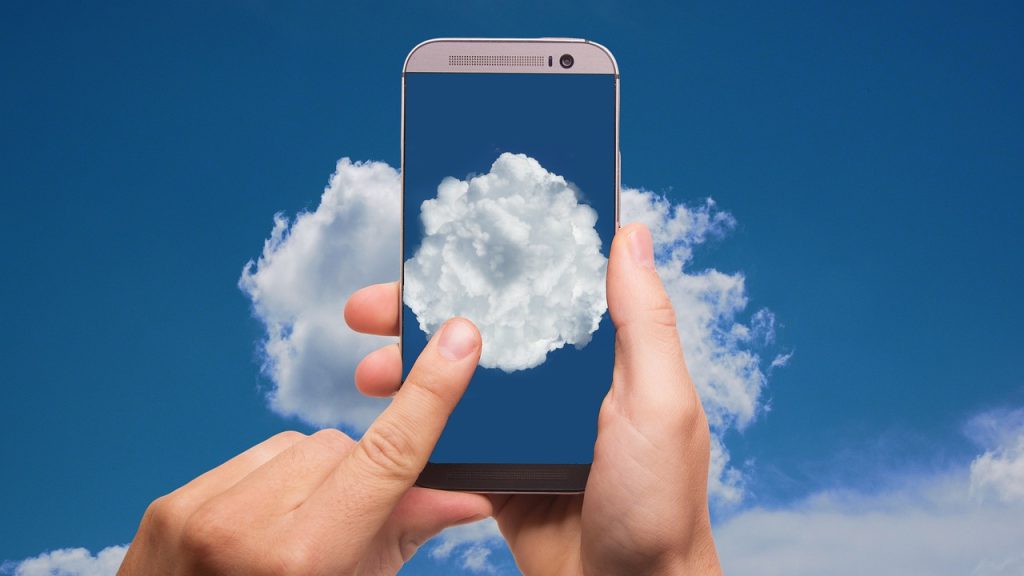The last few years have seen a massive drive in new technologies, which is revolutionising the way we do business. This shift over to the digital space is making operations more efficient, and the telecommunications industry is no different. Here’s a look at some of the top trends emerging in this space.
1. More reliance on 5G
Although 5G has been around for some time, there’s been quite a bit of reliance on the 4G (LTE) infrastructure, meaning that the full potential of 5G is yet to be realised. As we move into 2023, this will change as infrastructure rollout steps up and telecommunications companies will be able to provide more upgrades and features. 5G will provide the industry with some much-needed stability and security, allowing for more remote connectivity that supports a variety of industries. One example is in the healthcare industry where 5G in telecommunications will support remote surgeries that haven’t been supported until now. There will also be more mobility in telecommunications which paves the way for more flexibility in remote working
2. Move to the cloud
There is definitely going to be a shift away from private data centres to the cloud, allowing telecommunications companies to scale up as demand increases. And, where increasing costs or supply chain disruption cause business difficulties, telecommunications companies can also scale down quickly and easily. Another massive benefit of moving IT infrastructure to the cloud is that the telecommunications industry will benefit from massive energy savings, decreasing carbon footprints and saving on costs. This form of cloud technology will allow businesses to combine mobile telecommunications with fixed lines, enabling users to communicate from any device, anytime and anywhere. This omnichannel service will improve business operations across the board.
3. Improved cybersecurity
“In 2023, it’s predicted that there will be more than 43 billion devices connected to the internet. They will generate, share, collect, and help us to make use of data in all manner of ways.” – Forbes
For years, the telecommunications industry has been a target of cyber criminals who are looking to access sensitive data, personally identifiable information (PII), protected health information (PHI), private information, intellectual property data, and more. Typically, the biggest threats have come from hackers who are keen to expose valuable data for resale or to blackmail businesses; corporate espionage; as well as employees not adhering to security measures. With the introduction of 5G and the shift to the cloud, we’re going to see cybersecurity measures increasing exponentially over the next few years. This is being supported by the global introduction of regulations that will protect private data, including South Africa’s Popi Act.
4. Virtual reality (VR) growth
We’ve witnessed massive developments in augmented reality (AR) and virtual reality (VR) in online gaming over the past few years, but we’re going to see a lot more of this as the metaverse expands in 2023. On average, a VR metaverse user will require up to 40 times more data than HD video streaming, which means telecommunications companies will be organising their network infrastructure to accommodate this.
5. Energy-efficiency
The climate crisis is shifting the way everyone does business and, with net zero as the ultimate goal, energy efficiency is more vital than ever before. As mentioned earlier, the move to the cloud will contribute a lot towards reducing energy emissions, but the impact of 5G networks will also assist in this area as they’re up to seven times more energy efficient than 3G networks. Telecommunications companies are also playing their part in reducing the environmental impact across other sectors as well, from agriculture through to logistics.
Get with the latest trends by partnering with ECN. For almost two decades they’ve been leaders in voice and data solutions, bringing companies closer to their customers, quickly and cost-effectively.

